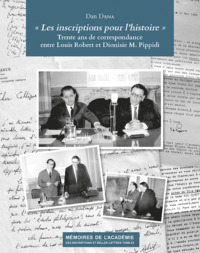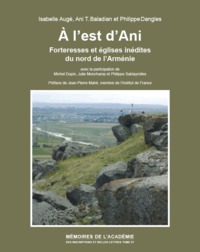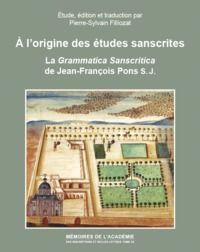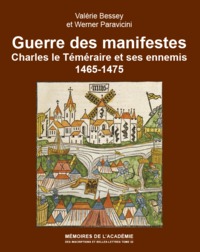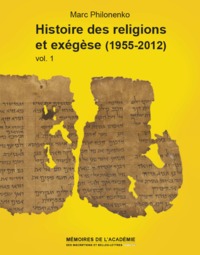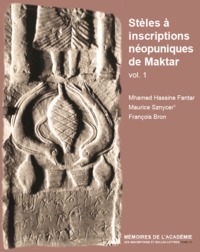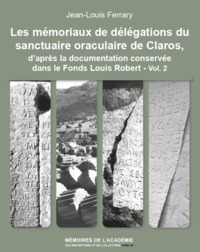Nous utilisons des cookies pour améliorer votre expérience. Pour nous conformer à la nouvelle directive sur la vie privée, nous devons demander votre consentement à l’utilisation de ces cookies. En savoir plus.
Le Crac des Chevaliers
EAN : 9782877543750
Paru le : 1 mars 2019
-
 Livraison gratuite
Livraison gratuite
en France sans minimum
de commande -
 Manquants maintenus
Manquants maintenus
en commande
automatiquement -
 Un interlocuteur
Un interlocuteur
unique pour toutes
vos commandes -
 Toutes les licences
Toutes les licences
numériques du marché
au tarif éditeur -
 Assistance téléphonique
Assistance téléphonique
personalisée sur le
numérique -
 Service client
Service client
Du Lundi au vendredi
de 9h à 18h
- EAN13 : 9782877543750
- Collection : MEMOIRES DE L'A
- Editeur : Inscriptions
- Date Parution : 1 mars 2019
- Disponibilite : Disponible
- Barème de remise : NS
- Nombre de pages : 460
- Format : 0.00 x 20.00 x 22.00 cm
- Poids : 1.79kg
-
Résumé :
Le Crac des Chevaliers (Qal'at al-Hosn) en Syrie est l'une des forteresses les plus emblématiques de la période de deux cents ans qui marqua le Proche-Orient depuis la prise de la ville sainte en 1099 jusqu'à la fin du royaume de Jérusalem. Édifice construit de toutes pièces par l'ordre des Hospitaliers de Saint-Jean de Jérusalem, il fut durablement le poste avancé des possessions franques vers la vallée de l'Oronte, avant d'être conquis durant la marche inexorable du sultan mamelouk Baïbars. Sur une période de moins d'un siècle et demi, cette forteresse présente un condensé, sur le même site, d'un château-monastère d'essence romane, d'une fortification gothique d'une formidable puissance, d'espaces civils d'une grâce qui n'a rien à envier à ses homologues d'outre-mer, enfin d'un catalogue de défenses mameloukes de tout premier plan. Ce livre a pour but de présenter une synthèse nouvelle des recherches les plus récentes, confrontées avec l'analyse des archives jusque-là inexploitées du Mandat français qui dura de 1922 à 1948; une illustration riche et largement inédite accompagne le lecteur tout au long de la découverte du monument dans tous ses aspects, avant qu'il soit remis en perspective avec les forteresses contemporaines.
The Crac des Chevaliers (Qal'at al-Hosn) is one of the most iconic and pristine fortresses built during the two centuries that the Crusades lasted in the Middle East, from the overtaking of the Holy City until the end of the Kingdom of Jerusalem. Built from scratch by the Order of Knights of the Hospital of Saint John of Jerusalem, it served throughout the whole period as an outpost of the Frankish positions overlooking the Orontes valley; in the end, it was conquered by Mamluk Sultan Baïbars during his relentless March. Over a period of less than a century and a half, this stronghold has offered a one-of-a-kind compendium on a unique site: in it, a visitor will find all encompassed in one, a Romanesque monastery, then a tremendously strong Gothic fortification, followed with finely designed non-military buildings, no less graceful than their European contemporary counterparts, and, finally, a first class catalogue of Mamluk defensive architecture. This riveting and haunting book by Jean Mesqui aims at introducing a new summation of the latest research to-date about this wondrous castle, in the light of the until now untapped archives of the French Mandate in Syria (1922-1948); enriched with totally up-to-date illustrations, this book will help the reader and the lucky visitor better understand and discover this amazing fortress under all of its angles. Only for it to be compared with its fortified fortresses’ counterparts of today.Jean Mesqui graduated with honors from the renowned French Graduate School of the Ponts et Chaussées as a Managing Civil Engineer with a further Ph.D. in History. Formerly president of the French Society of Archaeology, Jean Mesqui has closely cooperated on this book with Maxime Goepp, Public Civil Engineer, and a fine expert of Middle Eastern architecture as well.


